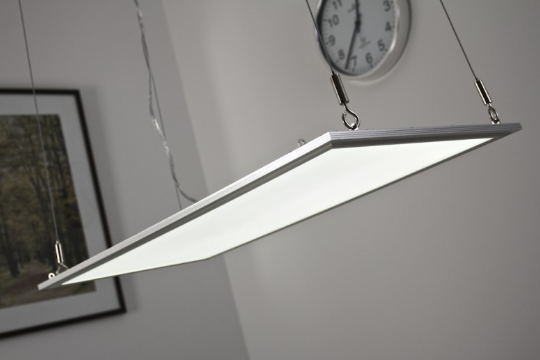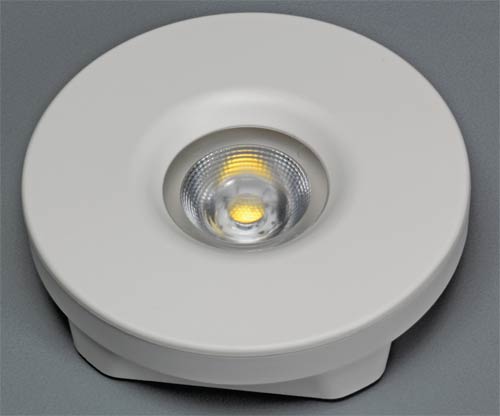
Moving to solid-state LED technology
May 18, 2015
Important changes are happening right now in the lighting industry that will affect us all—and hopefully change the lives of the least fortunate on the planet. Although Thomas Edison invented the light bulb in 1879, it took nearly 50 years—and the development of centralized power systems—before the impact was felt. Incandescent light changed lives, making it possible for people to be healthier and more productive. 

Vacuum tube electronics were costly and inefficient, and eventually replaced by solid-state transistors. In the transition, cathode ray tubes stand out as the technology behind the huge and heavy television sets that bear almost no resemblance to the thin, liquid-crystal displays and LED-backlit models today.
Ushering in the modern age of electronics, solid-state transistors enabled faster, smaller and more cost-effective electronics. Ubiquitous solid-state technologies can be found virtually everywhere in televisions, watches, phones, computers and even automobile electronics. Despite incredible strides, glass tube incandescent light bulbs remain in service as one of the last bastions of the Edison era. They only produce about 12 lumens of light per watt and do not last long. Providing more light (about 60 lumens per watt), the compact fluorescent lamp (CFL) enjoyed a brief heyday before falling out of favor. Gas-filled tube CFLs proved less reliable than manufacturer claims and many people object to CFL light quality.
Developed in Japan, the first high-brightness blue light-emitting diode (LED) quickly became an important enabling technology. Current LED technologies can produce roughly 150 lumens per watt, which is 12 times more efficient than incandescent bulbs.
In theory, LEDs are 3-V dc devices capable of lasting 35,000 or more hours. In practice, LED light sources are designed to be powered by 120 Vac power sources that are conveniently already in our homes. Converting power from high-voltage ac to dc requires an electrolytic capacitor, which only has a life of about 3,000 to 5,000 hours—an enormous disparity from the claimed life of the LED.
Ultimately, the lighting industry needs to eliminate electrolytic capacitors and power bulbs with dc-powered systems to tap the potential of LED. Easily installed dc-powered light systems allow placement of LED light sources virtually anywhere without the limitations of high-voltage lines and sockets.
Low-voltage LED systems provide long-lasting, superior light quality and freedom to customize colors and beam angles.
In the near future, commercial buildings may be equipped with Power Over Ethernet (PoE) cables running low-voltage LED lamps and enabling signal transmissions to remotely control lighting levels and to monitor room temperature or even occupancy levels. LEDs can be tuned to the exact wavelengths (660 nm red/450 nm blue) that chlorophyll in plants need for optimal absorption of light energy. The technology has yielded horticulture applications that stand to dramatically improve efficiencies and reduce water and energy demands to grow food.
This has been a century of marvelous lighting progress. Yet most people take light for granted. Flip a switch, a light comes on. Not everyone is so fortunate. Almost one and a half billion people live without access to light other than the sun. That is more people than existed in the world when Edison brought his invention to light. A non-profit organization called Watts of Love has developed inexpensive LED light sources using a small battery and equipped with a solar panel for recharging the battery and cell phones. Watts of Love provides the portable lights to midwives, doctors and other community members in the poorest regions of the world. As an inventor, Edison recognized the responsibility to “start where the last person left off,” even if the returns were not immediately evident. Over the next 50 years, solid-state lighting stands to change lives in ways not yet even imagined. As direct beneficiaries of his legacy, we have a powerful platform to make an impact and bring about positive change globally.
